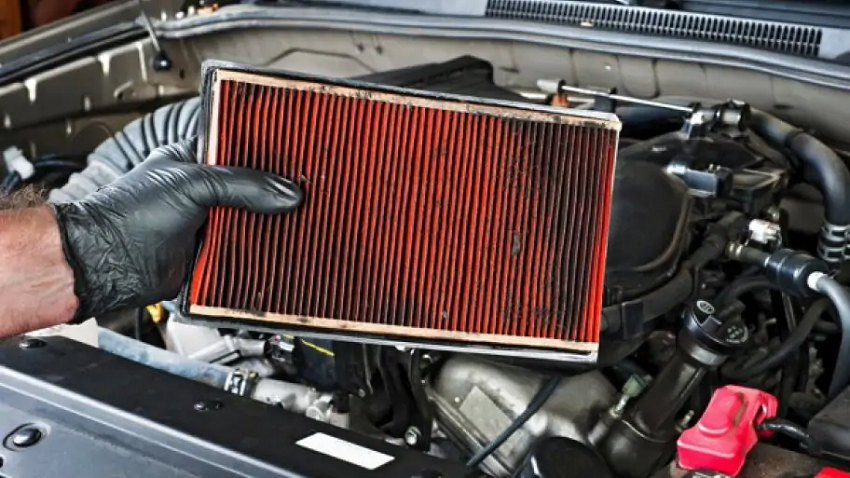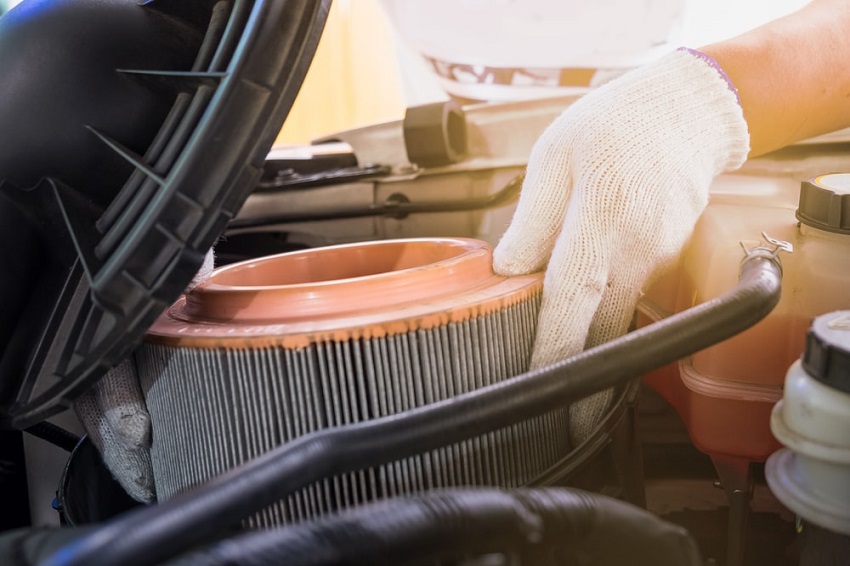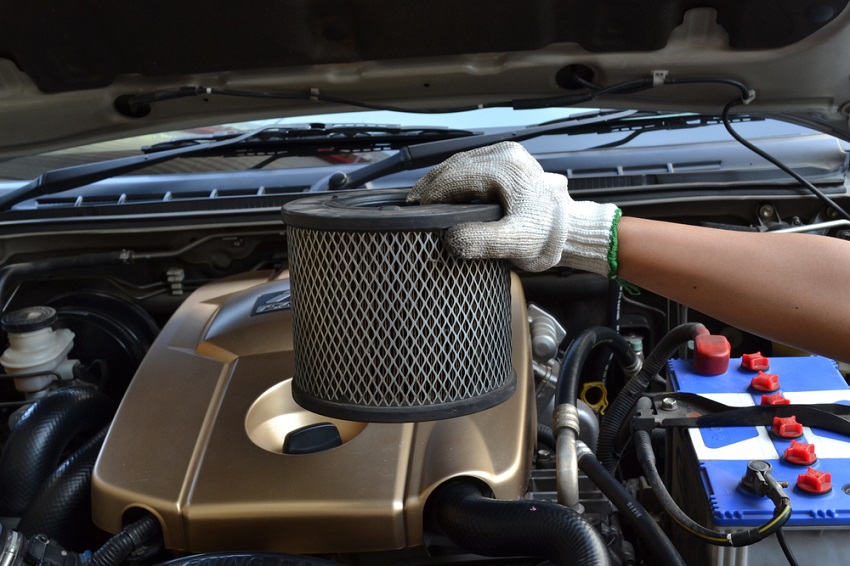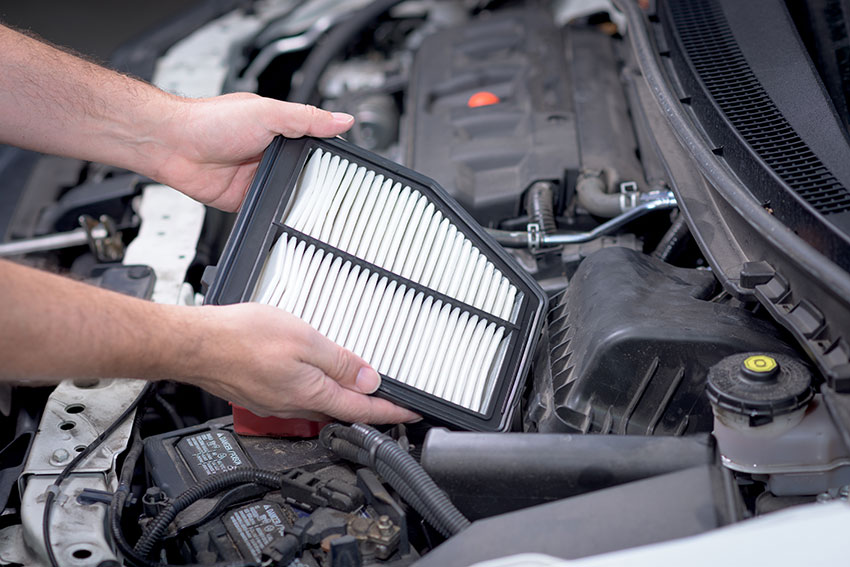
The Importance of Having a Clean Air Filter and How to Replace It
When you take your Toyota Surf for a routine service, such as a tune-up or oil change, the mechanic will probably also take a look at the air filter. The air filter, although a small and seemingly unimportant part, is crucial for ensuring your engine has all the clean and cool air it needs to operate optimally. There are many reasons why the air filter might need to be replaced, but one thing is for sure – it does need to be replaced regularly, on average every 50.000kms or so. This is just a rough estimate, and the type of driving you typically do is what really matters. But before I talk about how often you should do it and what the signs of a faulty Toyota Surf air filter are, let’s see what air filters do, and what type of aftermarket air filters you can find when looking for a replacement.

Source: Pinterest
Contents
What Does the Air Filter Do?
The purpose of your Toyota Surf air filter is keeping debris, dirt, leaves and other particles, out of the engine, preventing damage and ensuring it operates at peak efficiency. Air filters are made of cardboard material, foam, cotton or pleated paper. They’re either cylinder or rectangle-shaped, depending on the type of engine your vehicle has. They are available in either plastic or rubber rims that will ensure they’re properly locked into the designated area. Air filters should be replaced as soon as there are signs of wear or clogging, as they can greatly impact how your vehicle functions. A worn down or clogged air filter can lead to decreased engine power, poor acceleration, higher RPM (extra wear on the engine) and a rough running engine. Further, if the air filter is clogged, the engine’s air-to-gas ratio will be impacted, which will ultimately reduce your vehicle’s ability to run efficiently. For all of these reasons, keeping an eye on the condition of your air filter is essential.

Source: Area-info
When Should You Replace the Air Filter?
The answer to this question isn’t as straightforward as for some other automotive parts. If you find yourself driving on dirt roads frequently, or you’re putting your Toyota under a lot of stress, then you should check on your filter more often. To be safe, check it twice a year to make sure it isn’t clogged or worn down. Some common signs that your vehicle is wearing down are when your vehicle has issues with acceleration and you’re noticing a higher RPM than usual. You should also do a visual inspection to see whether your air filter is dirty or not. There are a couple of other signs that can point to an air filter problem, but these are the most common ones by far. The thing is – air filters are very affordable and easy to replace by yourself. A good air filter can be the difference between driving your Toyota for years on end without any issues and having to replace your engine in just a few years.

Source: Ratelab
How Do You Replace an Air Filter?
Replacing the air filter is a pretty straightforward task, as long as you buy a suitable replacement and follow a couple of simple steps. Filters are relatively cheap, costing around $50. You can purchase them either in an auto store or online. While there are more affordable filters that cost around $20, you really shouldn’t be looking to save a buck on such an important auto part. High-end air filters offer superior performance and are oftentimes washable. If you’re putting your vehicle through a lot of stress, or you’re driving through dirty roads, then you definitely want a high-end filter. Look up your Toyota Surf’s make, model and engine size before you start looking for a replacement filter. All of this information should be readily available in your owner’s manual, but you can also look it up online.
Once you have the replacement filter, put your Toyota in park, turn off the ignition, and lift the hood up. Make sure you’ve secured the bonnet so it doesn’t fall when you’re working. Find the air filter cover and remove it. The cover is usually held down by either screws or clips that you can easily remove with a screwdriver. You can find the air filter cover between the front grill and the engine. Once you’ve removed the cover, remove the air filter by lifting it out or up. If the filter isn’t too dirty, you can clean it and place it again. You can clean it with an air hose and compressor to blow away debris or dirt. If the filter is beyond repair or cleaning, then just put the new filter in its place. Make sure the plastic or rubber rimming is facing upwards and is properly sealed to the edges of the air filter housing. Place the air filter cover using the clips or screws, close the hood, and you’re ready to go.


No Comments